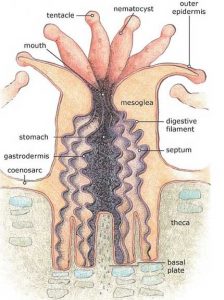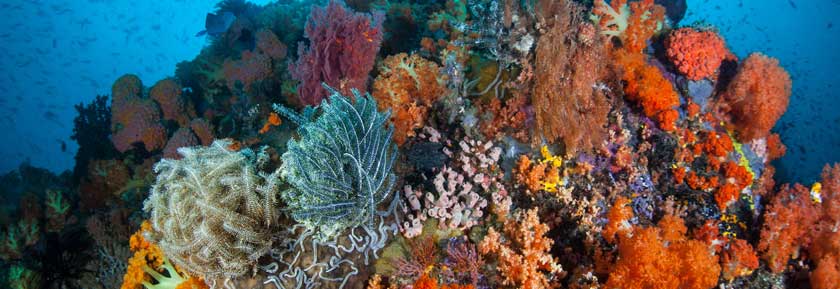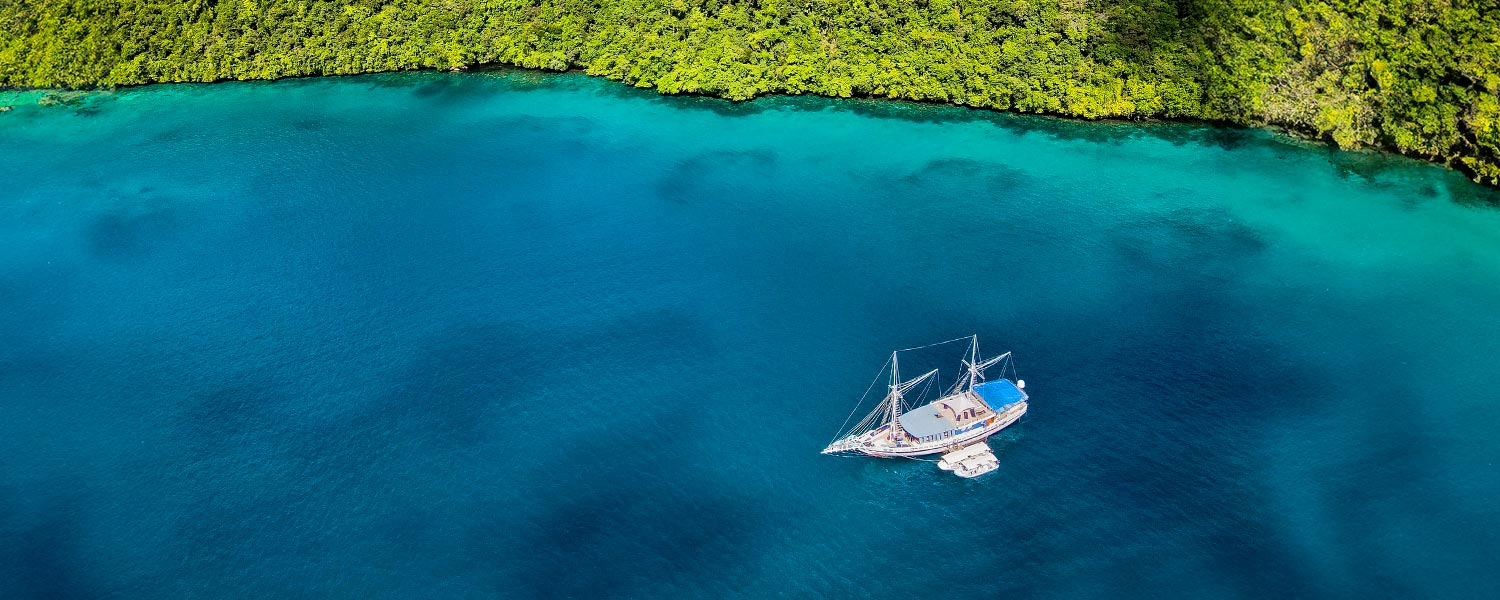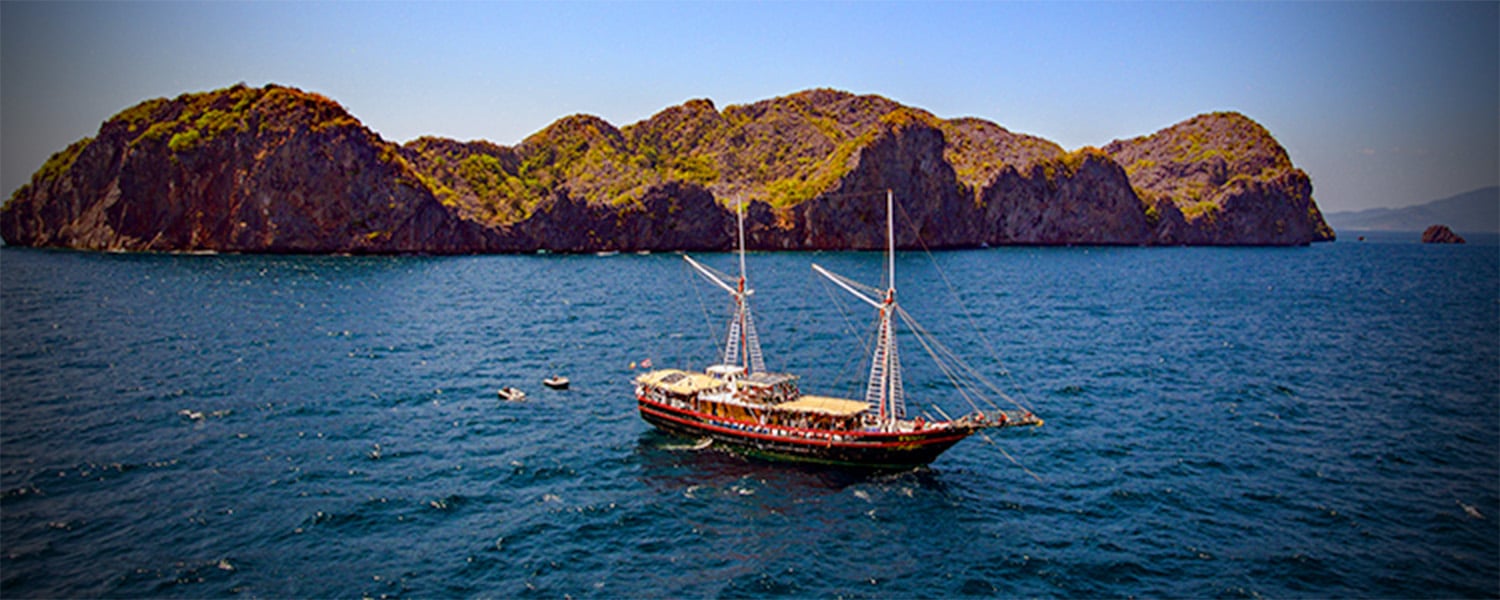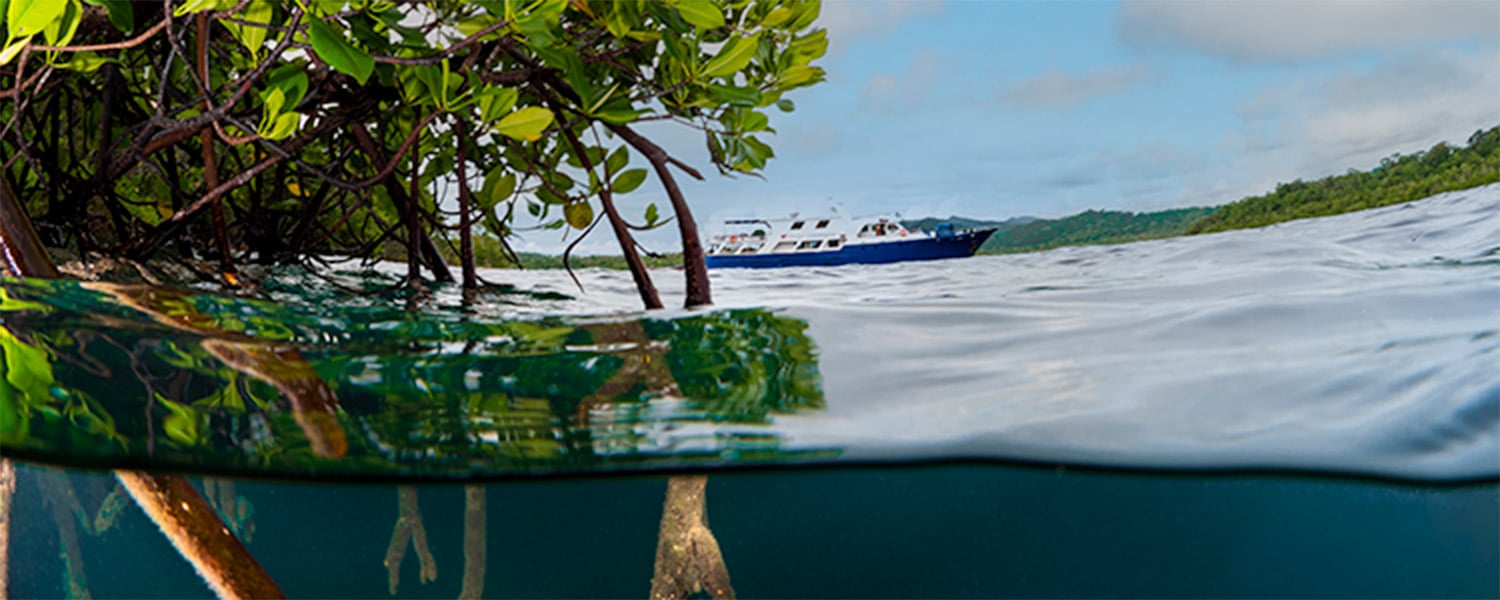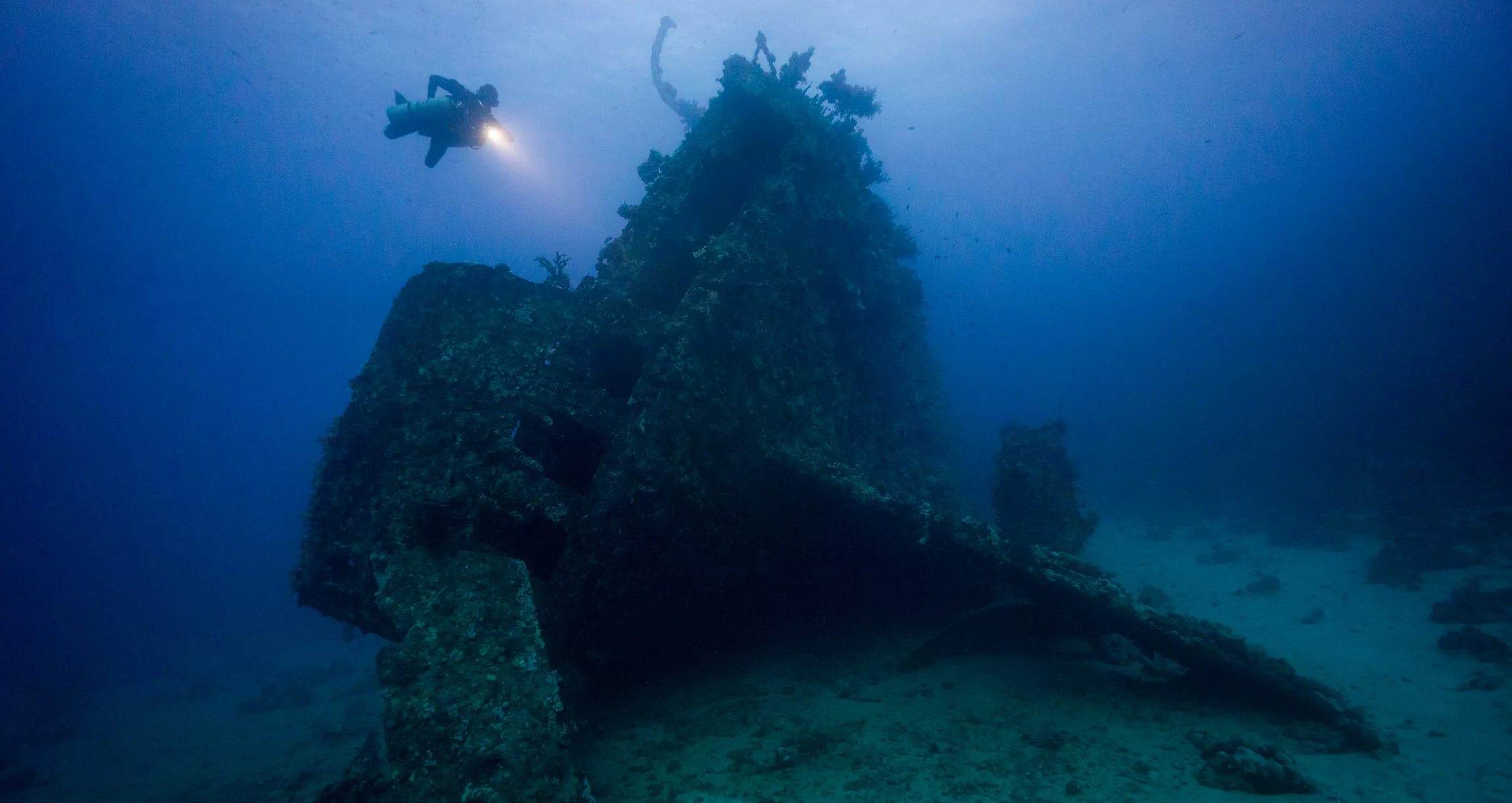From a distance, it often looks like mossy rock or bone. Up close it appears to be covered in tiny flowers. So what is coral?
Let’s look at it under a microscope
Firstly, what you generally see as coral is not ‘a’ single individual. Rather it is a huge collection of corals. Each of those small ‘flowers’ you see is actually an animal: a coral polyp.
A coral is a round body, topped with a mouth, surrounded by a ring of tentacles. Inside there is a simple gut, lined with long threads of tissue that help digest the coral’s food. Reef building corals lay down a skeleton of calcium carbonate – essentially rock.
Corals are colonial – budding off new polyps, each one connected to the one next to it, and genetically identical, forming a living veneer.
And what do they eat?
Corals are hunters. Their tentacles are lined with millions of stinging cells that kill what they catch. They are super weapons on a micro scale. But in the clear, warm water where corals live, there is not much to catch. So how do corals find food?
The secret to their success is in their relationship with a plant. Living right inside their cells are tiny algae, plant cells known as symbionts. Like all plants, they photosynthesise . Using energy from the sun, they produce sugars, enough food for both themselves and for their host. It’s extraordinary biology where the algae get a home and the coral gets up to 90% of its food. And together they build the reef.
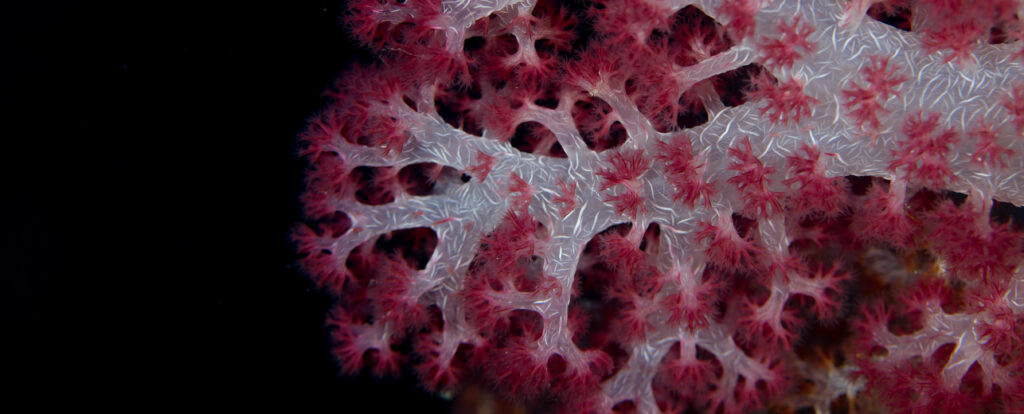
So where do I find them?
There are many types of reef formations. You will of course have heard the names “atoll”, “barrier reef”, or “cay”. But there are a lot more types worldwide. It is estimated that they cover 284,300 km2 only. That is less than 0.1% of the oceans’ surface area. The Indo-Pacific region accounts for 91.9% of coral reefs. And lucky for you, we do have some amazing scuba diving liveaboards visiting some of the best reefs.
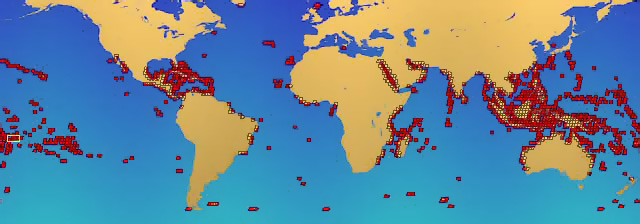
The best places to enjoy superb, bustling and colorful coral gardens are:
